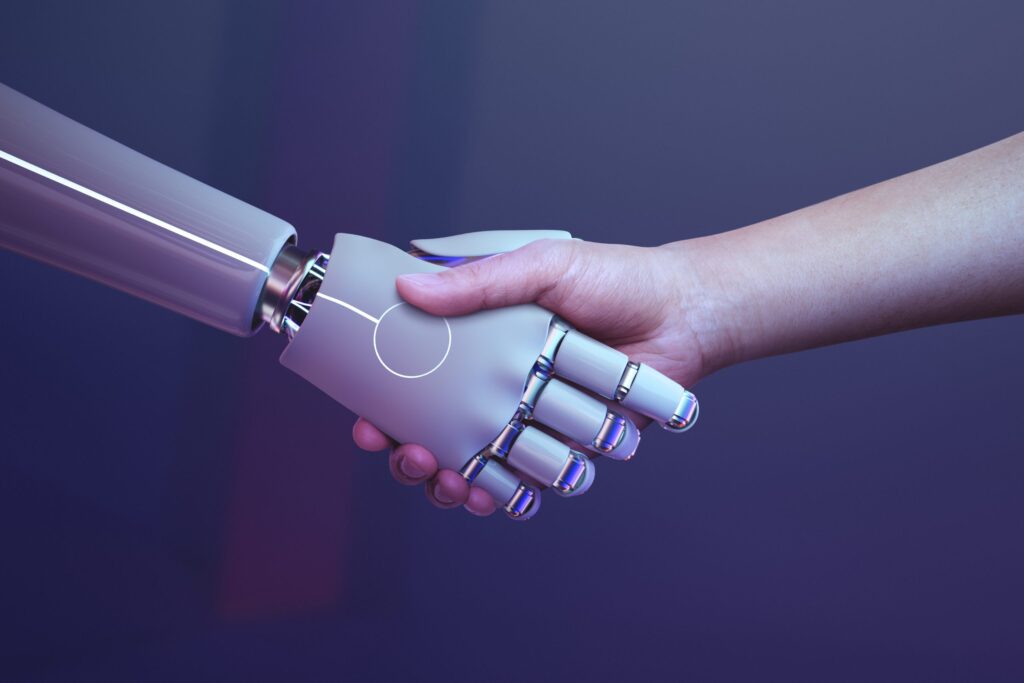Firstly, effective communication across languages is essential in many industries — from business to education and entertainment. With the rapid development of artificial intelligence and natural language processing, machine translation has become increasingly popular. However, human translation remains the preferred choice in many situations. So, which option is best? In this article, we’ll explore the advantages and disadvantages of each to help you choose the right solution for your needs.

What Is Human Translation?
Human translation is performed by professionals who are fluent in one or more languages and possess a deep understanding of grammar, cultural context, and the subtleties of language. Thus, this method is ideal for texts that require accuracy, creativity, and the appropriate tone.
Advantages of Human Translation
- Accuracy and context: Human translators understand cultural nuances and can interpret the meaning beyond literal words.
- Cultural adaptation: They can adjust content to suit a specific audience.
- Quality and consistency: They ensure that the text flows naturally and maintains structural cohesion.
- Error correction: They detect and correct syntax, grammar, and stylistic errors that a machine might overlook.
Disadvantages of Human Translation
- Turnaround time: Human translation can be slower than machine translation, especially for large projects.
- Cost: It is usually more expensive, as it requires the expertise of specialized professionals.
What Is Machine Translation?
Machine translation is performed by AI algorithms that use databases and deep learning to translate texts from one language to another. Moreover, tools like Google Translate and DeepL have improved significantly in recent years.
Advantages of Machine Translation
- Speed: It can translate large volumes of text in seconds.
- Lower cost: Most MT tools are free or offer affordable pricing.
- Immediate availability: You can access anytime, anywhere.
Disadvantages of Machine Translation
- Lack of precision: Despite significant improvements, machine translations can still produce serious contextual and grammatical errors.
- No understanding of cultural nuances: Machines often fail to grasp double meanings, idioms, or wordplay.
- Inconsistent quality: Quality can vary depending on the language pair and the complexity of the text.
Which Option Should You Choose?
The choice between human and machine translation depends on the type of text and the purpose of the translation.
- If you need to translate technical, legal, or medical documents, human translation is the best option to avoid serious mistakes.
- For creative content, such as literature or marketing, human translators can adapt both the message and the tone appropriately.
- If you need speed and have a limited budget, machine translation can be a useful option for informal or internal texts.
- Often, a hybrid approach works best: use machine translation for the first draft, followed by human review to refine and ensure quality.
Conclusion
In conclusion, both methods have their advantages and disadvantages, and the best choice depends on the context in which the translation is needed. While machine translation offers speed and accessibility, human translation remains the top choice when accuracy, creativity, and cultural context are essential. In many cases, combining both strategies can provide the perfect balance between efficiency and quality.



